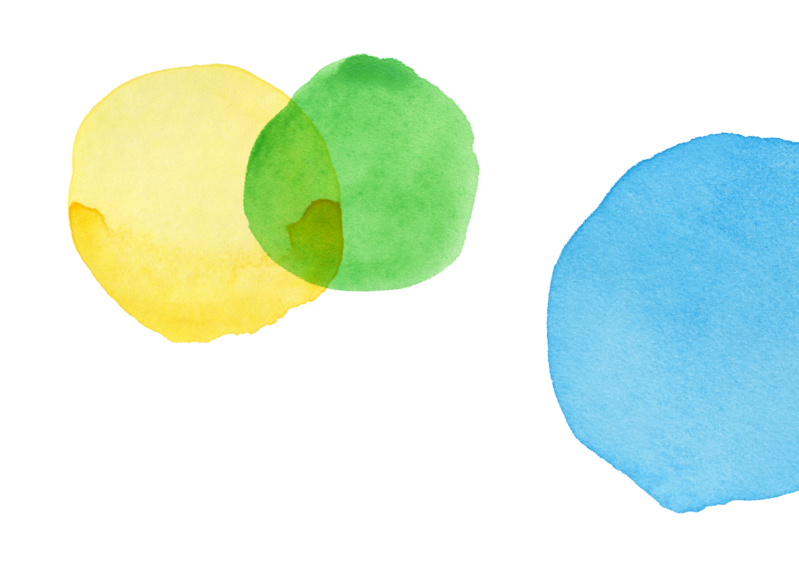Grade 6 - Claim 1 - Target H

 Back to Results
Back to ResultsMathematics
Target H
Solve real-world and mathematical problems involving area, surface area, and volume
Sample Item
Grade 6Test
Claim 1
Concepts and Procedures
Standards
G-1
Find the area of right triangles, other triangles, special quadrilaterals, and polygons by composing into rectangles or decomposing into triangles and other shapes; apply these techniques in the context of solving real-world...
G-2
Find the volume of a right rectangular prism with fractional edge lengths by packing it with unit cubes of the appropriate unit fraction edge lengths, and show that the volume is the...
G-3
Draw polygons in the coordinate plane given coordinates for the vertices; use coordinates to find the length of a side joining points with the same first coordinate or the same second coordinate....
G-4
Represent three-dimensional figures using nets made up of rectangles and triangles, and use the nets to find the surface area of these figures. Apply these techniques in the context of solving real-world...
Clarifications
Tasks for this target will ask students to find area (triangles, special quadrilaterals, and polygons) using composition and decomposition; to find volume of right rectangular prisms with fractional edge lengths (see connections to 6.NS...
Range Achievement Level Descriptors
Evidence Required
1
The student determines the area of triangles, special quadrilaterals, and polygons using composition and decomposition in solving real-world and mathematical problems.
2
The student determines the volume of right rectangular prisms with fractional edge lengths in solving real-world and mathematical problems.
3
The student draws polygons in the coordinate plane, given coordinates for the vertices in the context of solving real-world and mathematical problems.
4
The student determines the length of a side of a polygon in the coordinate plane, given coordinates for the vertices in the context of solving real-world and mathematical problems.
5
The student determines the surface area of three-dimensional figures formed by nets of polygons in the context of solving real-world and mathematical problems.
Item Guidelines

Depth of Knowledge
M-DOK1
Recall includes the recall of information such as fact, definition, term, or a simple procedure, as well as performing a simple algorithm or applying a formula. That is, in mathematics a one-step, well-defined, and straight algorithmic procedure should be...
M-DOK2
Skill/Concept includes the engagement of some mental processing beyond a habitual response. A Level 2 assessment item requires students to make some decisions as to how to approach the problem or activity, whereas Level 1 requires students to demonstrate a...
Allowable Item Types
- Equation/Numeric
- Graphing
Allowable Stimulus Materials
coordinate planes, diagrams representing two– and three–dimensional figures
Key/Construct Relevant Vocabulary
coordinate, ordered pair, coordinate plane, compose/decompose, vertices, right triangle, unit fraction, edge length, area, surface area, volume, nets, faces, edges, vertices
Allowable Tools
Calculator
Target-Specific Attributes
Given dimensions should be positive integers, decimals, or fractions; radicals should not be used as given dimensions. Nets must only be composed of rectangles, triangles, or a combination of both.
Accessibility
Item writers should consider the following Language and Visual Element/Design guidelines [1] when developing items. Language Key Considerations: Use simple, clear, and easy-to-understand language needed to assess the construct or aid in the understanding of the...
Development Notes
Many tasks for this target will provide context for Claims 2–4 and connect the content of this target to several other targets across Claim 1 (see, for example, 6.NS Targets B and C, 6.EE...


Task Models
Task Model 1a

Item Types
Equation/NumericDepth of Knowledge
M-DOK1Standards
G-1
Target Evidence Statement
The student determines the area of triangles, special quadrilaterals, and polygons using composition and decomposition in solving real-world and mathematical problems.
Allowable Tools
Calculator
Task Description
Prompt Features: The student is prompted to determine the areas of triangles in solving mathematical and real-world problems. Stimulus Guidelines: If used, context should be familiar to students 11 to 13 years old. Rational numbers used should...
Stimulus
The student is presented with a mathematical problem involving triangles.
Example 1
Example Stem: Consider this figure.

Enter the area of the right triangle in square meters.
Rubric: (1 point) Student enters the correct area of the figure (e.g., 20). Correct answer should be a single numerical value and units should be assumed from the stem.

